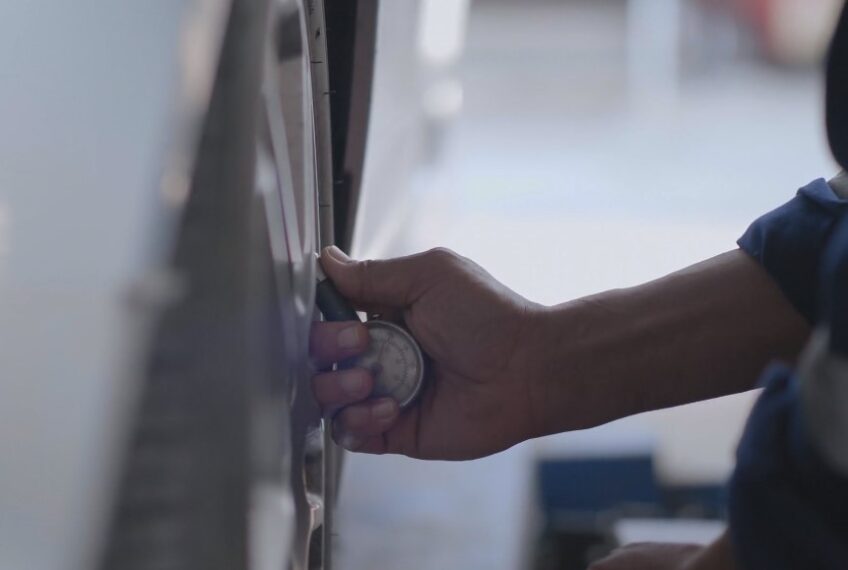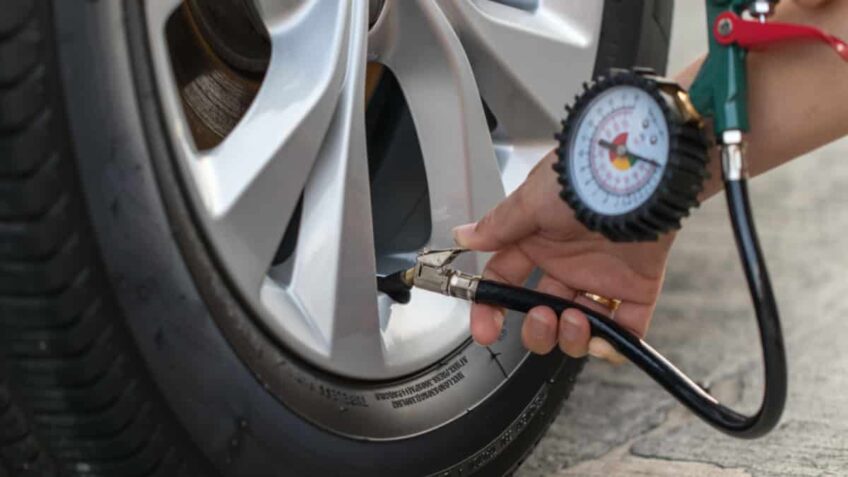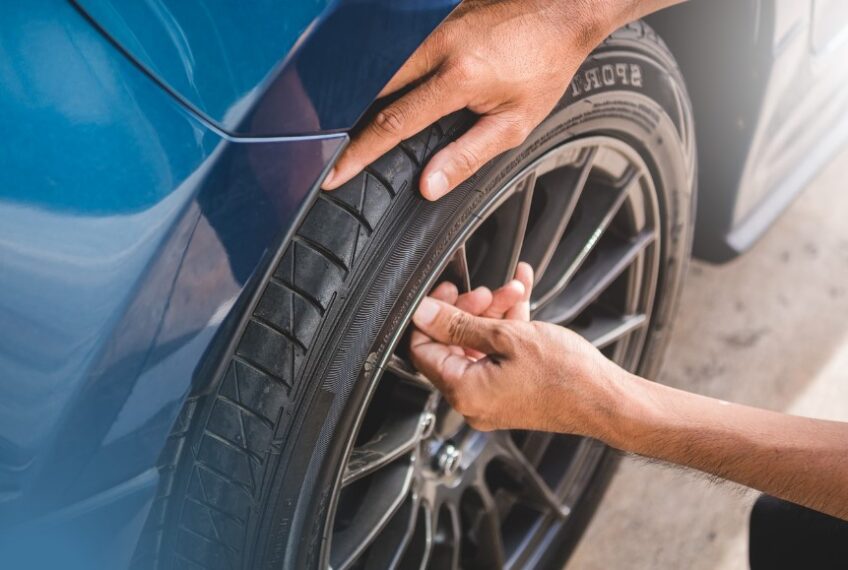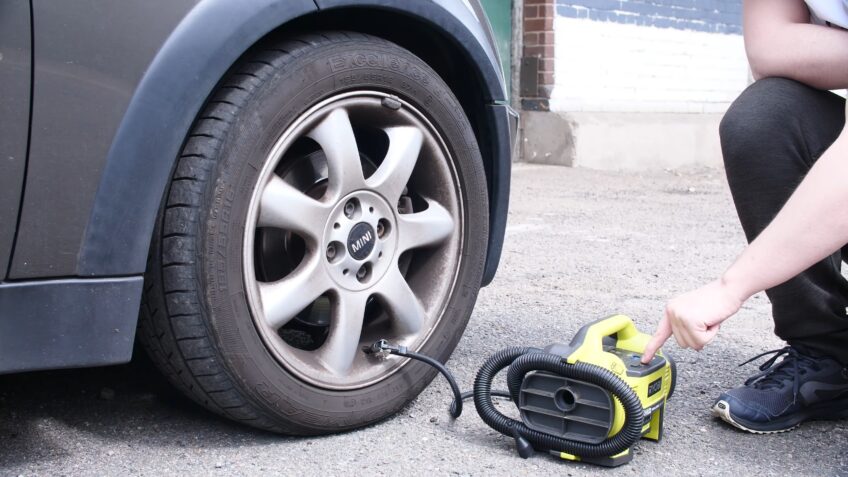Tires are the only point of contact between your vehicle and the road. Ensuring that they are in good condition and properly inflated is essential for safe driving, smooth handling, and fuel efficiency. But what tire pressure is considered too low, and how do you know if you’re running the risk of jeopardizing your safety and your vehicle’s performance? This comprehensive article will guide you through the intricacies of tire pressure, helping you understand when it’s too low and what you can do about it.
The Importance of Tire Pressure
Tire pressure is a critical aspect of vehicle maintenance that often gets overlooked. Maintaining it correctly is essential for the following:
- Road grip and traction: Properly inflated tires provide optimal contact with the road surface, ensuring better grip and traction.
- Fuel efficiency: Underinflated tires create more rolling resistance, which forces the engine to work harder and consume more fuel.
- Tire longevity: Correct tire pressure helps distribute the vehicle’s weight evenly across the tire’s tread, reducing wear and tear.
- Vehicle handling: Proper tire pressure allows the vehicle to respond predictably to steering and braking inputs, which is crucial for safe driving.
- Ride comfort: Tires with appropriate pressure absorb road imperfections better, resulting in a smoother ride.
Understanding PSI: What Does It Mean?
Tire pressure is typically measured in pounds per square inch (PSI) in the United States. It represents the amount of air pressure contained within a tire. To maintain the optimal levels, it’s important to know the recommended PSI for your specific vehicle. This information can be found in the owner’s manual, on a sticker located on the driver’s door jamb, or inside the fuel filler flap.
What Tire Pressure is Considered Too Low?
A general rule of thumb is that tire pressure below the manufacturer’s recommended level by 25% or more is considered too low. For example, if the recommended tire pressure for your vehicle is 32 PSI, anything below 24 PSI would be considered too low. However, it’s always best to follow the PSI specified by your vehicle’s manufacturer for optimal performance and safety.
Factors Affecting Tire Pressure

Several factors can influence tire pressure:
Ambient temperature
Tire pressure can fluctuate with changes in temperature. Generally, for every 10°F change in temperature, pressure can vary by 1 PSI. Colder temperatures can cause a decrease in pressure, while warmer temperatures can result in an increase.
Altitude
Tire pressure can change with variations in altitude. As you ascend, the atmospheric pressure decreases, causing your it to increase.
Load
The weight of the vehicle and its contents can affect tire pressure. When carrying heavy loads, the vehicle manufacturer may recommend adjusting it accordingly.
Tire condition
A damaged or worn-out tire can cause air to leak out slowly, leading to a decrease in pressure.
Dangers of Driving on Underinflated Tires

Driving on underinflated tires poses several risks:
- Increased braking distance: Underinflated tires have less grip on the road, which can lead to longer braking distances and reduced stopping power.
- Poor handling: Underinflated tires can cause the vehicle to feel unstable and less responsive to steering inputs, making it more difficult to control.
- Heat buildup: Low tire pressure can lead to increased rolling resistance and friction, which in turn generates heat. Excessive heat can cause the tire to break down, increasing the risk of a blowout.
- Tire damage: Driving on underinflated tires can cause excessive flexing in the sidewalls, leading to premature wear and potential tire failure.
- Reduced fuel efficiency: As mentioned earlier, underinflated tires create more rolling resistance, forcing the engine to work harder and consume more fuel.
How to Check and Adjust Tire Pressure
To maintain it optimal, follow these steps:
1. Purchase a quality tire pressure gauge
A reliable, accurate gauge is a must-have tool for any vehicle owner.
2. Check tire pressure when cold
Tire pressure should be checked when the tires are cold, as heat can cause the air inside the tires to expand and provide inaccurate readings. Wait at least three hours after driving or check the pressure first thing in the morning.
3. Locate the recommended tire pressure
Find the manufacturer’s recommended tire pressure for your vehicle in the owner’s manual, on the driver’s door jamb, or inside the fuel filler flap.
4. Remove the valve cap

Unscrew the valve cap from the tire valve stem.
5. Attach the pressure gauge
Press the tire pressure gauge onto the valve stem until it forms a tight seal. The gauge should display the current tire pressure in PSI.
Adjust tire pressure if necessary
If the tire pressure is too low, add air until it reaches the recommended level. If the pressure is too high, release some air until it reaches the desired level.
Replace the valve cap
Screw the valve cap back onto the valve stem to prevent air leakage and protect the valve from dirt and debris.
Frequently Asked Questions
1. How often should I check my tire pressure?
It’s recommended to check it at least once a month and before long trips. Additionally, check the pressure when there are significant changes in temperature or altitude.
2. Can I use the PSI listed on the tire sidewall as a reference?
The PSI listed on the tire sidewall is the maximum pressure the tire can safely hold, not the manufacturer’s recommended pressure for your specific vehicle. Always use the recommended tire pressure specified by your vehicle’s manufacturer.
3. Is it normal for tire pressure to fluctuate?
Yes, it can fluctuate due to changes in temperature, altitude, load, and tire condition. Regularly checking and adjusting tire pressure will help ensure optimal performance and safety.
Final Words
Understanding and maintaining proper tire pressure is crucial for the safety and performance of your vehicle. Driving on tires with too low pressure can jeopardize your safety, reduce fuel efficiency, and lead to premature tire wear.
By regularly checking and adjusting it according to your vehicle manufacturer’s recommendations, you can ensure a smooth, safe, and efficient driving experience. So, invest in a quality gauge and make tire pressure maintenance a part of your routine vehicle care.

